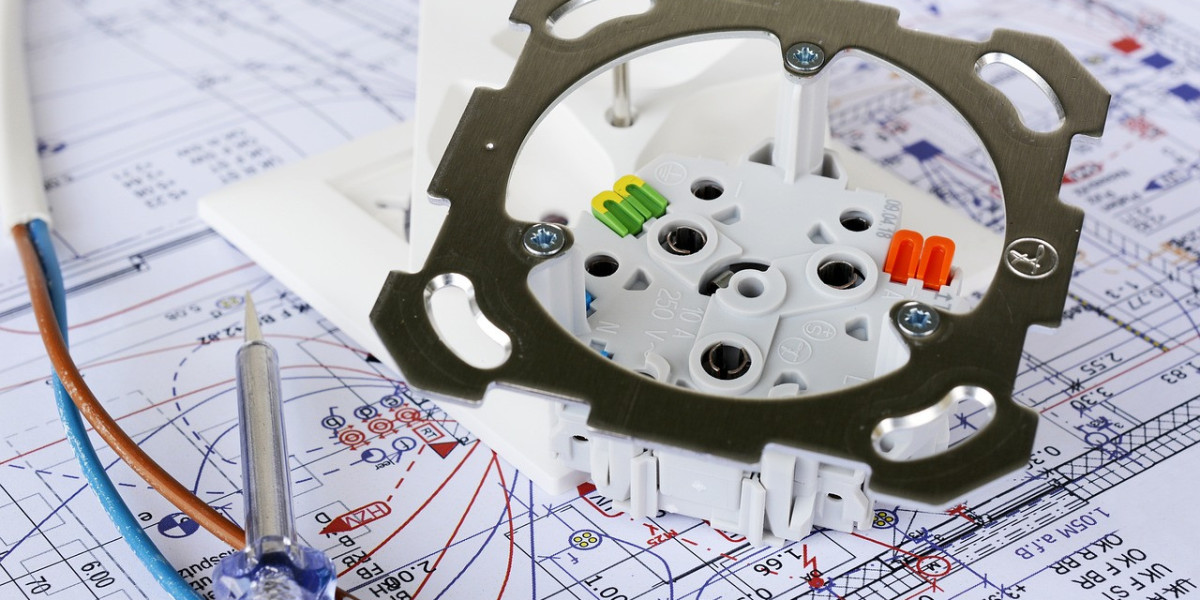Electrical safety is a critical component of modern infrastructure, especially in a rapidly developing country like Cambodia. As urbanization and industrialization increase, ensuring proper electrical safety design and installation becomes essential to prevent accidents, property damage, and loss of life. This document explores the key considerations, regulations, and practices for Electrical Safety Design And Installation In Cambodia.
1. Overview of Electrical Safety in Cambodia
Cambodia has seen significant growth in the construction and industrial sectors, leading to increased demand for electrical installations. However, this growth comes with challenges such as the need for skilled professionals, standardized regulations, and public awareness about electrical safety. The Cambodian government, in collaboration with international organizations, has made strides in establishing safety standards and training programs for electricians and engineers.
2. Regulatory Framework
The Cambodian Ministry of Mines and Energy (MME) is responsible for overseeing electrical safety standards. Key regulations include:
Electricity Law of Cambodia (2001): This law governs the generation, distribution, and use of electricity in Cambodia, emphasizing safety and reliability.
National Electrical Code (NEC) Compliance: Cambodia has adopted aspects of international standards like the NEC to ensure safe electrical practices.
Licensing Requirements: Electricians and contractors must be licensed, ensuring they meet competency and safety criteria.
Despite these regulations, enforcement remains a challenge, particularly in rural areas where informal installations are common.
3. Key Components of Electrical Safety Design
3.1 System Design
Electrical systems must be designed to handle the load requirements of buildings or facilities while adhering to safety standards. Key considerations include:
Load Calculation: Accurate estimation of electrical demand to prevent overloading.
Circuit Protection: Use of circuit breakers and fuses to protect against short circuits and overloads.
Earthing Systems: Proper grounding to prevent electrical shocks.
Voltage Regulation: Stabilizing voltage levels to protect equipment and ensure safety.
3.2 Material Selection
Using high-quality materials is essential for safety and durability:
Wires and Cables: Must have adequate insulation and current-carrying capacity.
Switches and Sockets: Should meet safety standards and be appropriate for the environment.
Protective Devices: Installation of Residual Current Devices (RCDs) to prevent electrocution.
3.3 Environmental Considerations
Cambodia's tropical climate poses unique challenges for electrical safety. Design must account for:
Humidity and Heat: Use of corrosion-resistant materials and proper ventilation.
Flooding Risks: Elevated installations and waterproof enclosures in flood-prone areas.
Lightning Protection: Installation of lightning rods and surge protection systems.
4. Best Practices for Electrical Installation
4.1 Qualified Personnel
Electrical installations must be performed by licensed electricians who have undergone training in safety practices and local regulations.
4.2 Inspection and Testing
Regular inspection and testing are essential to ensure the integrity of electrical systems. This includes:
Continuity testing of circuits.
Insulation resistance testing.
Testing of earthing systems.
4.3 Documentation
Maintaining detailed records of electrical designs, materials used, and installation processes facilitates future maintenance and troubleshooting.
4.4 Safety Signage
Proper labeling of electrical panels, switches, and hazardous areas is crucial for safety.
5. Challenges and Recommendations
5.1 Challenges
Skilled Workforce: Shortage of trained electricians and engineers.
Regulation Enforcement: Difficulty in monitoring and enforcing safety standards in remote areas.
Public Awareness: Limited knowledge about electrical safety among the general population.
5.2 Recommendations
Training Programs: Establish vocational training centers to enhance the skills of electricians.
Public Awareness Campaigns: Educate the public on the importance of electrical safety.
Technology Integration: Use smart grid systems and modern safety equipment to improve reliability.
Strengthen Regulations: Develop and enforce stricter penalties for non-compliance with safety standards.
6. Future Outlook
As Cambodia continues its journey toward modernization, the importance of electrical safety design and installation cannot be overstated. With investments in infrastructure and human capital, the country has the potential to establish a robust electrical safety culture. Collaboration between the government, private sector, and international partners will be key to achieving this goal.
In conclusion, electrical safety design and installation in Cambodia require a comprehensive approach that combines regulatory enforcement, technical expertise, and public awareness. By addressing current challenges and adopting best practices, Cambodia can ensure a safer and more reliable electrical infrastructure for its people.








